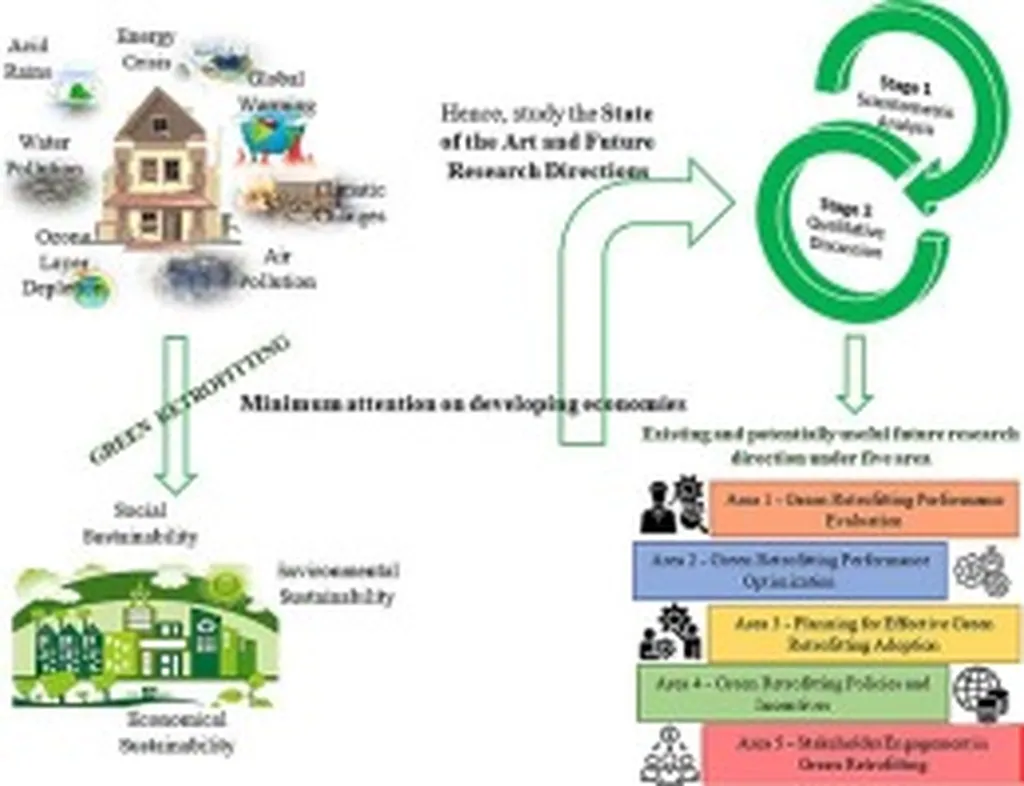In the rapidly evolving world of construction technology, a recent study has shed light on the transformative power of automation, offering a roadmap for the industry’s future. Led by Mohamed Marzouk of Cairo University’s Structural Engineering Department, the research provides a comprehensive analysis of the Automation in Construction Journal (AICJ) over the past two decades, revealing trends and trajectories that could reshape the commercial landscape, particularly in the energy sector.
The study, published in the journal ‘Buildings’ (translated from Arabic as ‘المرافق’), employed advanced scientometric tools to dissect 4084 articles, tracing the growth and impact of automation research. Marzouk and his team uncovered a significant uptick in publications and citations, with a remarkable 54.5% increase in articles and a 78.0% surge in citations from 2018 to 2023. This growth underscores the accelerating adoption of digital technologies in construction, a trend with profound implications for energy efficiency and sustainability.
“Our analysis reveals a clear shift towards digitalization and AI-driven solutions,” Marzouk explained. “This is not just about automating tasks; it’s about creating smarter, more efficient construction processes that can significantly reduce energy consumption and environmental impact.”
The research identified five major research clusters driving innovation: foundational optimization, deep learning and computer vision, building information modeling (BIM), 3D printing and robotics, and machine learning. These areas are not just academic pursuits; they represent commercial opportunities with the potential to revolutionize the energy sector.
For instance, the integration of BIM and AI can lead to more precise energy modeling and predictive analytics, enabling builders to design structures that are inherently more energy-efficient. Similarly, the rise of robotics and 3D printing could streamline construction processes, reducing waste and energy use. “The commercial potential is enormous,” Marzouk noted. “By embracing these technologies, the construction industry can become a key player in the global push towards sustainability.”
The study also highlighted the growing collaboration among researchers, organizations, and countries, suggesting a collective push towards innovation. This cooperative spirit is crucial for the energy sector, where interdisciplinary solutions are often the most effective.
As the construction industry stands on the brink of a digital revolution, Marzouk’s research offers a valuable guide. By understanding the trends and trajectories outlined in the study, stakeholders can make informed decisions, invest wisely, and contribute to a more sustainable future. The findings not only aid researchers and editorial boards but also provide a strategic advantage for businesses looking to capitalize on the automation wave.
In the words of Marzouk, “The future of construction is not just about building structures; it’s about building a sustainable future.” With the insights from this study, that future seems brighter and more achievable than ever.

